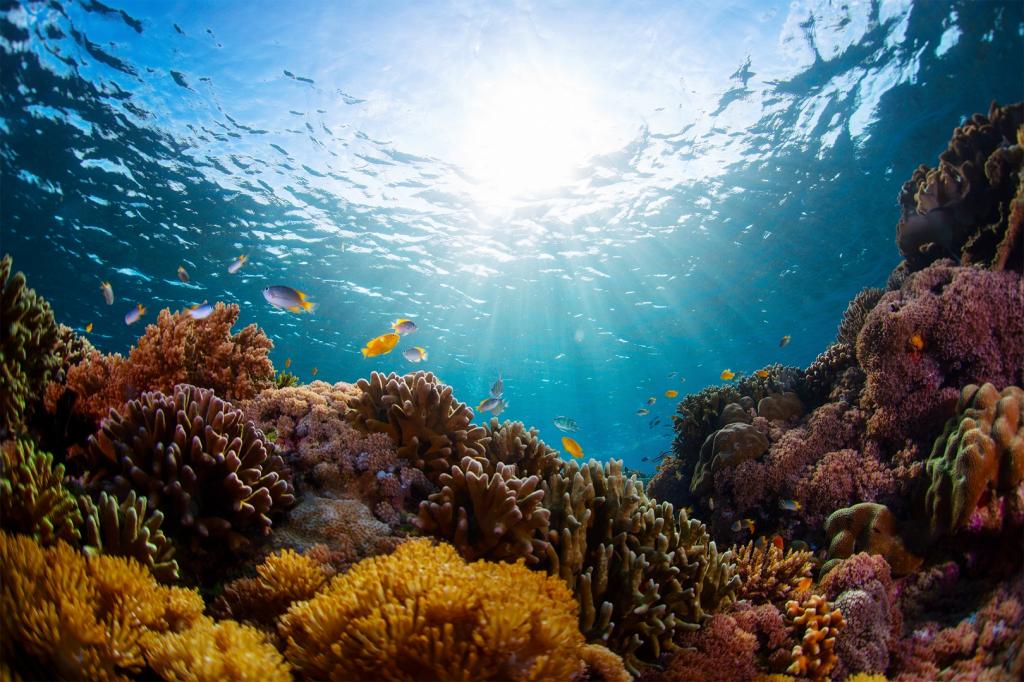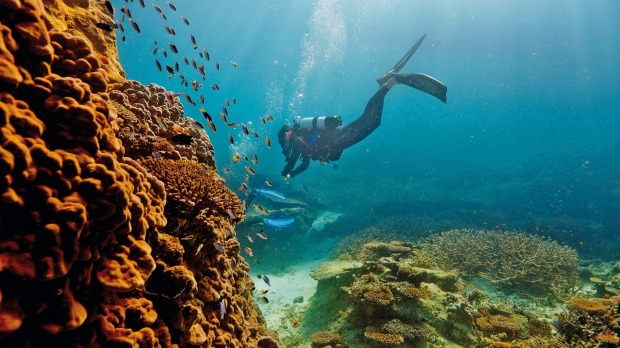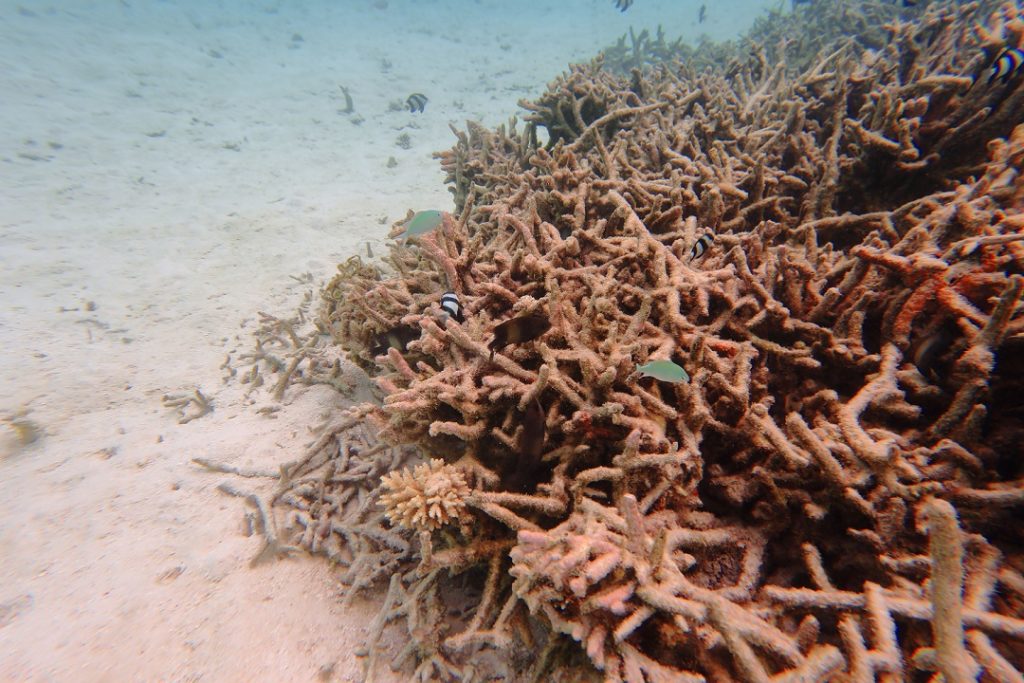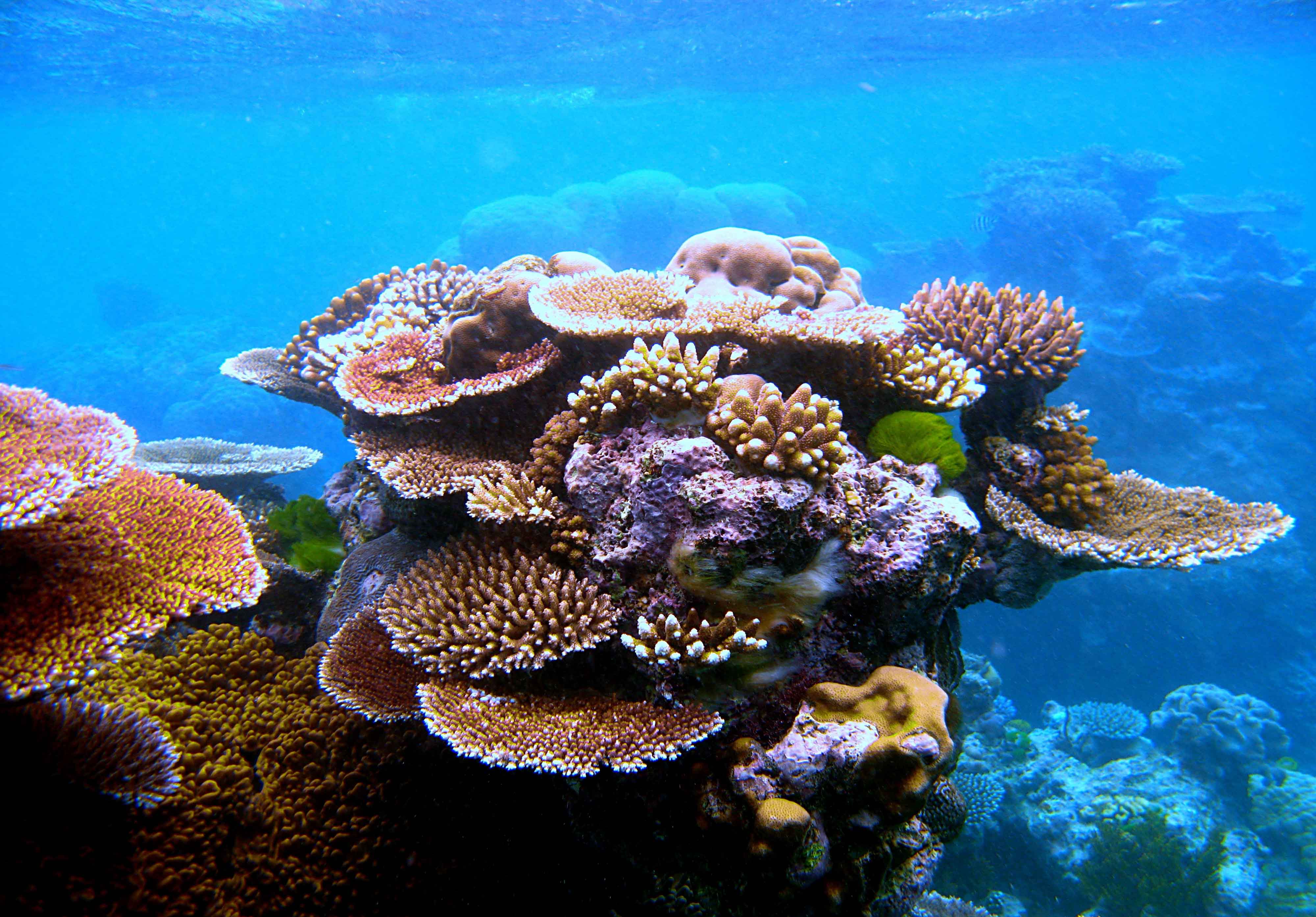Do you know the secret of human birth? What comes to your mind when someone says nature? Yes, I know. It may be an image of the tree that comes to your mind. Beyond this, Has anyone searched anywhere about the benefits of the oceans to the neutrality of nature?, Did you read anything in textbooks during your school days based on this? You know the answer well. Leave the past. Some people may know that oceans are the pulse of nature. But most people don’t know is about the regulation that governs the oceans.

Let’s get back to my topic. Treasures of the oceans. Corals, true jewels of the oceans, are essential to marine life, Coral reefs are the crossroads of the fight for the ocean, the climate and biodiversity.
WHAT IS CORAL? Corals are small, mini-anemone-like animals called polyps, which can form colonies. Together these polyps form a common skeleton. Corals are classified in the large family of stinging animals, the Cnidaria.
Coral reefs are made up of a multitude of coral species which together form an ecosystem, i.e. a very specific natural environment made up of different plants and animals.
Coral reefs serve as refuges, food reserves and nurseries for their many inhabitants: from the smallest algae to numerous fish and invertebrates, but also sea turtles and sharks.

CORAL: PLANT OR ANIMAL? For several centuries, the nature of this strange organism, resembling small flowering trees attached to rocks at the bottom of the sea, was the subject of much debate by naturalists.
Corals are small animals, called polyps, shaped like mini sea anemones that can form colonies. Together these polyps form a common skeleton. Corals (more than 1600 species) participate in the formation of the most important and complex ecosystems on the planet: the coral reefs which are home to thousands of algae, more than 4000 species of fish and thousands of other animals.
The benefits of corals such as True oases of life, coral reefs cover barely 0.2% of the oceans but are home to 30% of marine biodiversity! Their ecosystems provide direct sustenance to 500 million people worldwide through fishing, and the reefs protect the coastline more effectively than any man-made structure from swells and tsunamis. They are a major tourist attraction and generate a significant part of the economic income of the tropical regions where they are found. Australia, Indonesia, the Philippines, and more than a hundred countries benefit from this “reef tourism”. Finally, reefs offer promising medical prospects, with the study of cell ageing or the supply of new molecules for human or animal health.

Human-caused, or anthropogenic activities, are major threats to coral reefs. Pollution, overfishing, destructive fishing practices using dynamite or cyanide, collecting live corals for the aquarium market, mining coral for building materials, and a warming climate are some of the many ways that people damage reefs all around the world every day.
One of the most significant threats to reefs is pollution. Land-based runoff and pollutant discharges can result from dredging, coastal development, agricultural and deforestation activities, and sewage treatment plant operations. This runoff may contain sediments, nutrients, chemicals, insecticides, oil, and debris.
When some pollutants enter the water, nutrient levels can increase, promoting the rapid growth of algae and other organisms that can smother corals.
Coral reefs also are affected by leaking fuels, anti-fouling paints and coatings, and other chemicals that enter the water. Petroleum spills do not always appear to affect corals directly. In many areas, coral reefs are destroyed when coral heads and brightly-coloured reef fishes are collected for the aquarium and jewellery trade. Careless or untrained divers can trample fragile corals, and many fishing techniques can be destructive.

In blast fishing, dynamite or other heavy explosives are detonated to startle fish out of hiding places. Other damaging fishing techniques include deep water trawling, which involves dragging a fishing net along the sea bottom, and Muro-Ami netting, in which reefs are pounded with weighted bags to startle fish out of crevices. Often, fishing nets left as debris can be problematic in areas of wave disturbance. In shallow water, live corals become entangled in these nets and are torn away from their bases. In addition, anchors dropped from fishing vessels onto reefs can break and destroy coral colonies.
Increased greenhouse gases from activities like deforestation, and the burning of fossil fuels for heat and energy, cause ocean temperatures to rise, change storm patterns and contribute to sea-level rise. These changes lead to more coral bleaching events, increased storm destruction, and more.
Maintaining the purity of the oceans is as important as maintaining the health of humans.
Article by: Goshigan Nadesakumar |Faculty of Agriculture




Leave a Reply